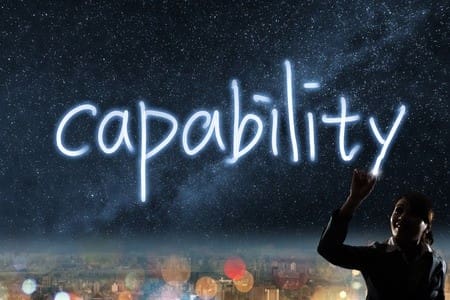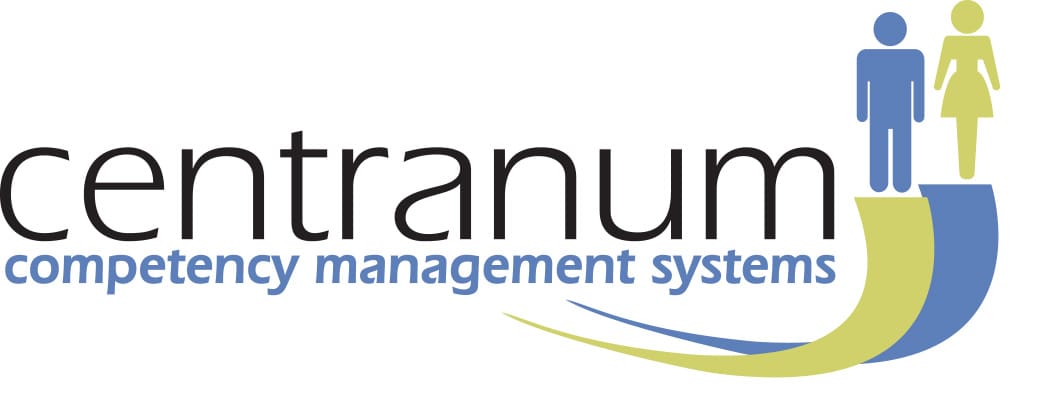Capability Tracking
Capability Frameworks and Capability Intelligence
What is a Capability Framework?

Firstly what is Capability? Capability is defined as a personal attribute that can be used to predict performance – directly or indirectly. Capabilities such as Education have an association with job performance. In cases like Education the link is indirect, through other capabilities such as Cognitive Ability which facilitate the learning of job knowledge – a direct predictor of performance.
We use Capability Frameworks to manage those aspects of capability that are able to be documented, but that do not necessarily have a direct impact on job performance.
We use a separate Competency Framework to manage directly observable knowledge, core competencies and job specific technical competencies.
There are many dimensions or categories of capability including Education, Experience, Training, Military Service and so on. Each Category may have one or more subheadings.
Tracking Capability
What information do you need – and how do you get it?
You need to set up your framework so that you can specify the information you gather for each dimension and subheading.
Depending on what the capability is you will need particular information – for example if it is a qualification you would want to know what academic institution awarded it – the date awarded, and you may want to know the country. You will need to know the type of qualification – diploma, degree, postgraduate degree. You may also want to know any areas of specialization or special achievement.
If it is a certification you will need to know the expiry date. If it is a professional registration you will need the renewal date and a valid membership or registration number.
The easiest way to get the information is to allow staff to add it to their profile themselves. For example details of experience and special projects completed.
You may decide that there are some aspects of capability that should only be managed by HR, for example qualifications.
For those entries made by staff themselves you should plan on a way to validate them – or to show that they have not yet been validated.

Specifying Capability Requirements
The burning question is – Should you have a wish list?
Often in job descriptions you see a list of “preferred” capabilities. The problem with this is that you may be over –specifying requirements. If you over specify requirements you are likely to attract candidates who are over qualified for the job.
The result?
They will be unhappy when they discover the true scope of the role. They will become disengaged, affecting others and most likely move on quickly leaving you with additional hiring costs.
The best practice is to use job-analysis to identify the minimum capability requirements for the role. This will give you the best chance of finding a person who is the right fit for the role, likely to be engaged and a valuable contributor.
